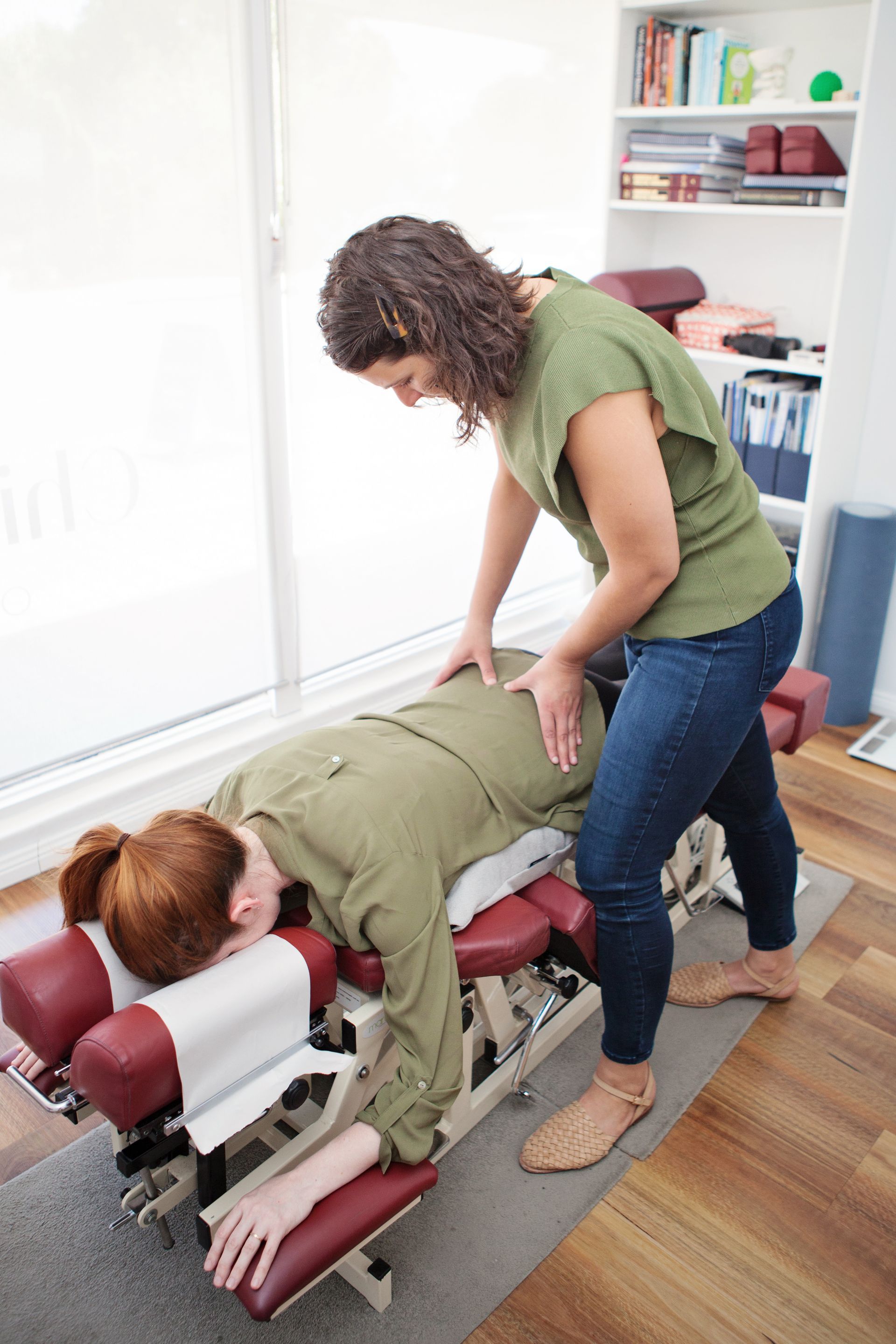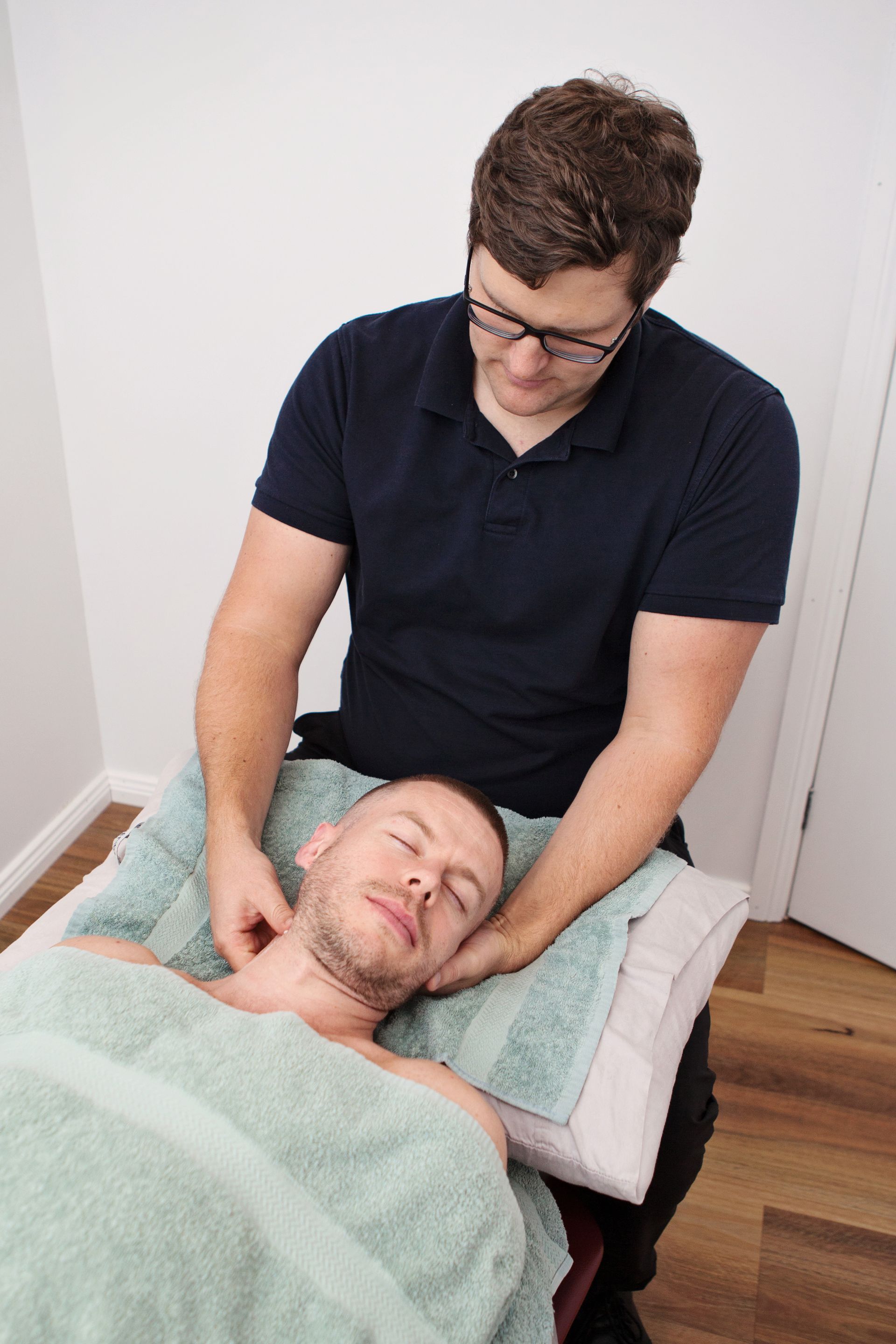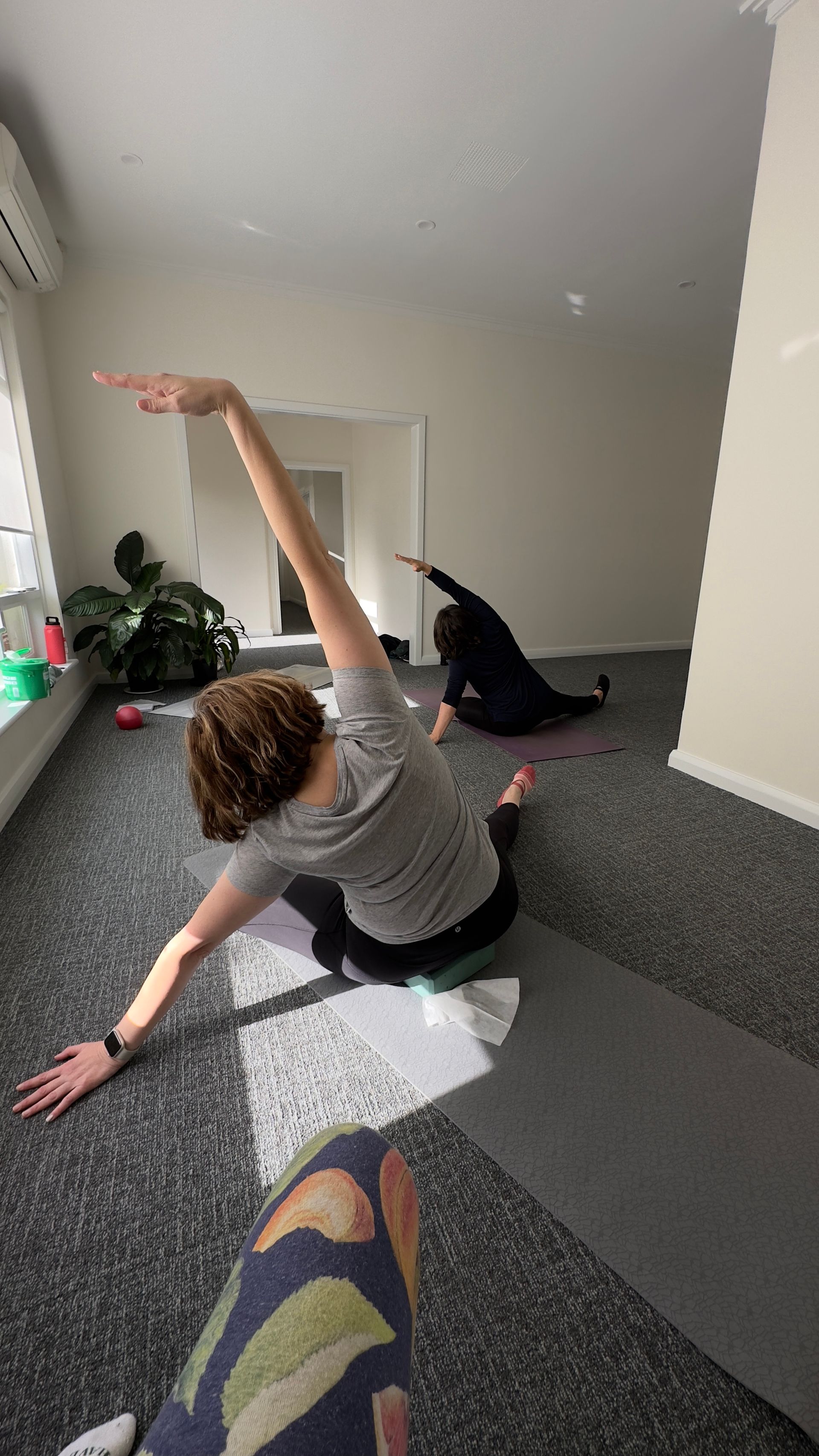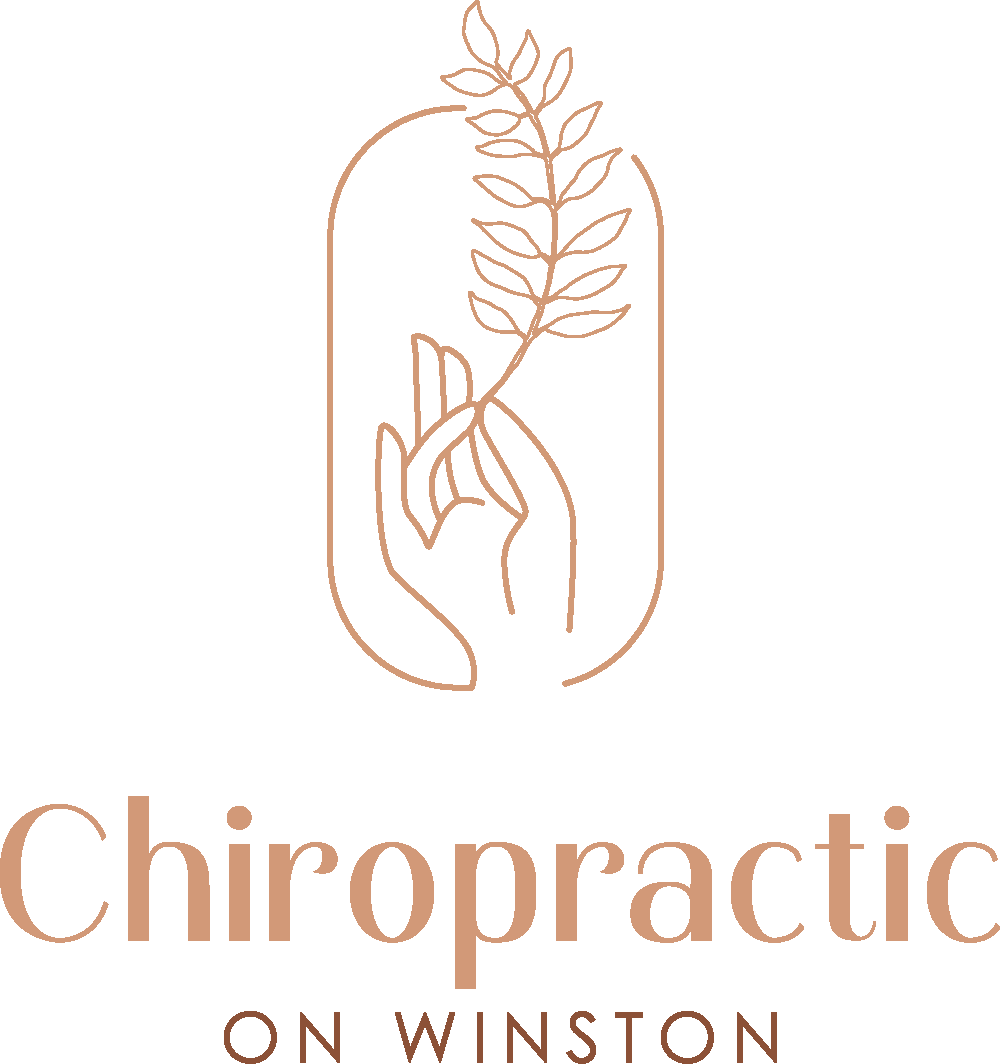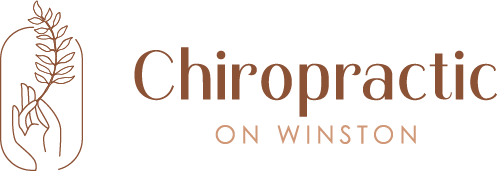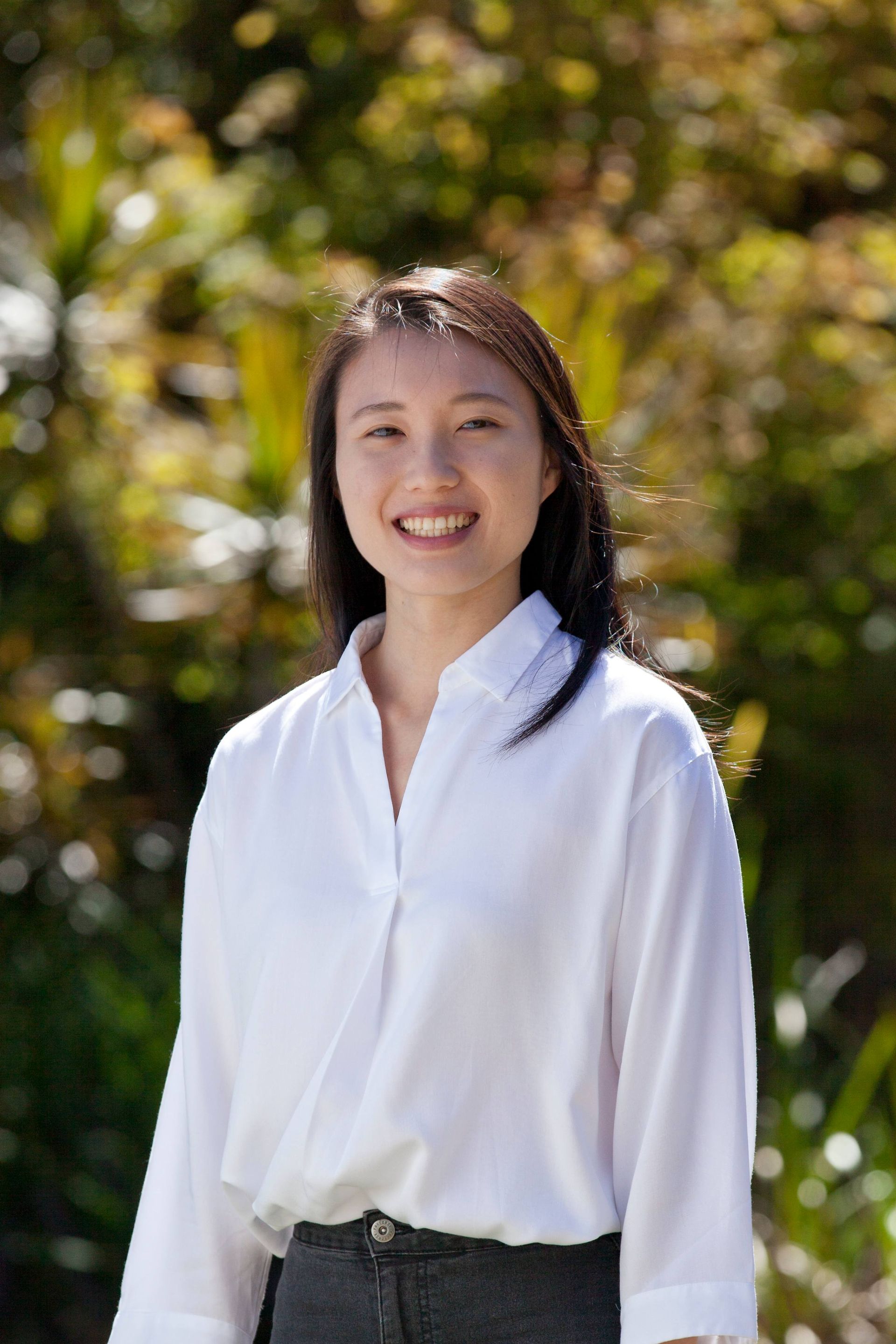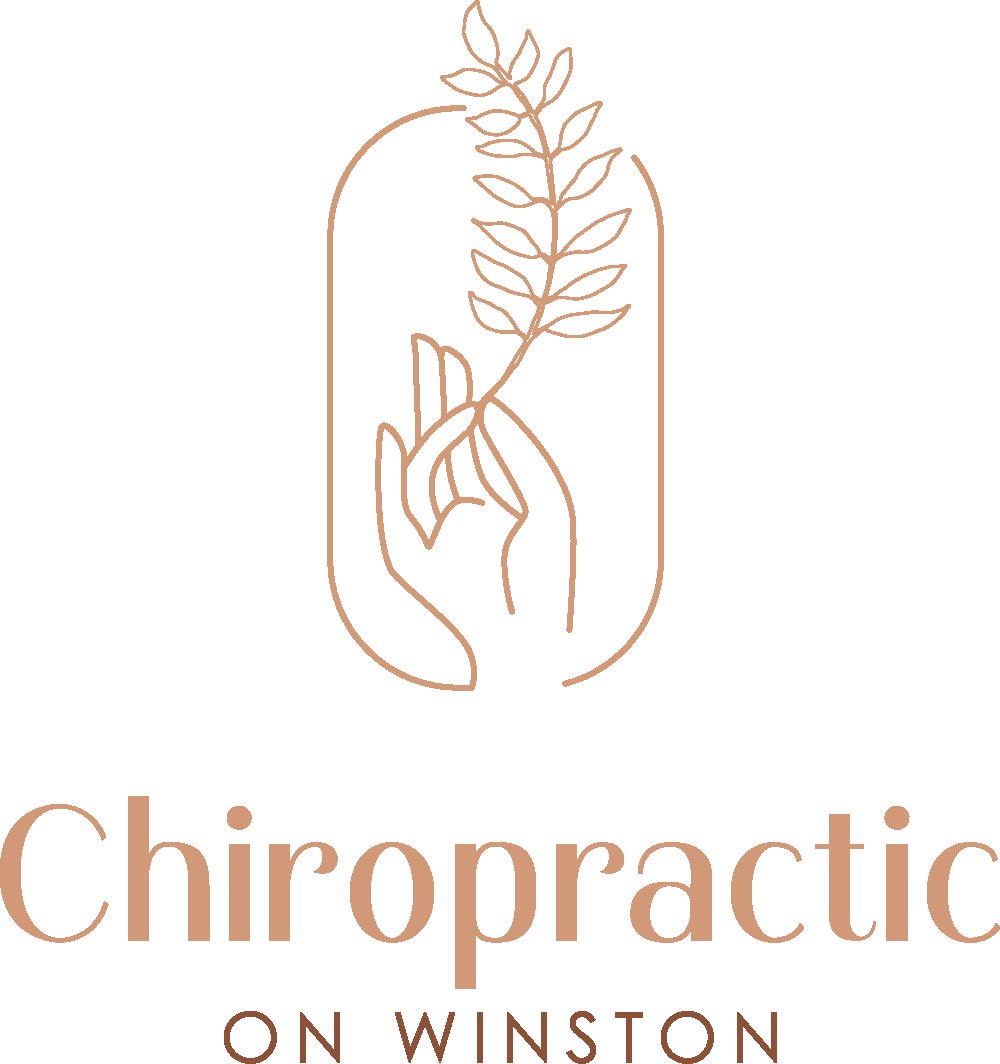Dr Lydia Tan - Chiropractor - Gondstead Technique - Applied Kinesiology - Laser Therapy
Qualifications
- Graduated from RMIT Melbourne (2021)
- Gonstead Technique, Applied Kinesiology, Laser Therapy, Activator & SOT Techniques
- Consistently attending conferences and completing online courses to be more competent in providing the safest and best care for children in Adelaide that aligns with the current guidelines.
About Dr Lydia
Dr Lydia graduated from RMIT Melbourne and has since worked in 3 different clinics. She has been perfecting her skills in the Gonstead Technique for many years, and is also confident in Applied Kinesiology, laser therapy, activator and SOT techniques.
Dr Lydia cares for patients of all ages from newborn babies to elderly patients in their 90’s! Her gentle, specific approach cares for common conditions such as lower back pain, headaches and neck pain by adjusting the spine.
She promotes spinal checks for everyone even if they have no pain, but most especially for children who often express pain and discomfort by their behaviour rather than explanation. The intricacies of the paediatric nervous system function prompted her to venture into paediatric care.
Dr Lydia also assesses all of the other joints of the body including feet, ankles, knees and hips, then up to shoulders and the joints of the arm and hand. Like her first experience, she wants everyone to know how it feels when their spine, joints and nervous system are functioning better.
Coming from Malaysia, Dr Lydia is able to communicate fluently in English, Mandarin, Malay, and Hokkien thus exposing more Adelaide residents to Chiropractic.
身为一名脊椎矫正医师,我的责任就是确保您的神经系统能够正常操作。秉持着3不原则:不开刀,不吃药,不打针;脊医使用自然及针对性矫正手法来检查与矫正您的脊椎骨的关节,以至恢复身体各个部分的神经线与大脑的关系。
只要您有根脊椎,便能从脊椎矫正获益。澳洲许多人都定期带着一家大小复诊检查,因为他们了解脊椎矫正不只是处理症状,也能够提升身体各个功能的操作,从而活得更丰盛精彩。
一般上,脊医会根据个案病例及年龄调整矫正力度和方式,因此男女老少皆宜。若您正经历背痛, 颈部疼痛,手脚酸痛,头痛,关节炎,等不良症状,或者您想为您的健康做出改变,欢迎联络诊所预约。
My goal is to make sure everyone understands the importance of Chiropractic care, especially in babies and children.
I believe that the wellbeing of a child can impact the dynamic of the whole family!
Get To Know Our Practitioners - Dr Lydia Tan
What inspired you to become a Chiropractor?
What drew me to chiropractic was the ability to help people improve their quality of life without relying solely on medications or invasive procedures. I love the idea of empowering the body to heal through alignment, movement, and education.
What’s a common condition you treat, and how can Chiropractic help?
One of the most common conditions I treat in adults is headaches, as well as neck and back pain. In babies and children, I often see a wide range of developmental concerns—such as flat heads, feeding difficulties, constipation, and clumsiness. Over time, I’ve noticed how these early developmental issues can lead to more noticeable structural problems if left unaddressed.
Through chiropractic care, my goal is to identify and remove any restrictions or nerve interference in the body, which allows the brain and nervous system to communicate effectively with every part of the body. When that connection is clear, the body is better able to regulate, adapt, and heal itself—whether it’s a newborn learning to feed or an adult managing daily stress and posture.
Do you have any tips for maintaining spinal health at home or at work?
Move regularly – Take breaks every 30–60 mins if you sit a lot.
Check your posture – Keep screens at eye level and shoulders relaxed.
Strengthen your core – It helps support your spine.
Sleep well – Use a good pillow and avoid sleeping on your stomach.
Listen to your body – Don’t ignore stiffness or discomfort.
Small habits, big difference.
How is Chiropractic Care tailored during pregnancy or postpartum?
Chiropractic care during pregnancy and postpartum is gently tailored to support the body’s changes. We focus on safe, comfortable adjustments to ease pain, improve pelvic alignment, and support the nervous system.
Postnatally, care helps restore balance, aid recovery, and address strain from birth, feeding, or carrying baby—supporting mums to feel stronger and more connected.
What’s something people are often surprised to learn about Chiropractic Care?
People are often surprised to learn that chiropractic care is not just for adults—we also treat babies and children. Paediatric chiropractic care is very gentle and specifically tailored to a child’s growing body. We often see babies for issues like feeding difficulties, reflux, constipation, unsettled sleep, or head shape concerns. In older children, we help with posture, coordination, growing pains, and sometimes even behaviour or focus challenges. The goal is to support the nervous system and healthy development, giving kids the best possible start as they grow.
What do you enjoy most about working at Chiropractic on Winston?
What I enjoy most about working at Chiropractic on Winston is the incredibly friendly and supportive team. There’s a genuine sense of collaboration here—everyone is passionate about helping people, and we all bring different strengths to the table.
What’s your favourite part of being a Chiropractor?
What I love most is seeing how a baby’s or parent’s recovery can positively impact the whole family. When a baby feeds or sleeps better, or a parent moves without pain, everyone feels the difference. It’s so rewarding to support those shifts and see families thrive.
What’s one piece of advice you find yourself giving all the time?
STRENGTHEN YOUR CORE! A strong core supports spinal health, posture, and overall movement. For babies, that starts with tummy time, which helps build the muscles they need to roll, crawl, and eventually walk. For adults, simple core exercises can make a big difference in preventing pain and improving function.
Do you have a favourite area of the body to treat—or a condition you love helping with?
One area I love treating is the jaw. It’s often overlooked, but it’s so closely connected to the neck, head, and even the pelvis. I’ve seen jaw tension affect everything from headaches and sleep to feeding issues in babies. Releasing tension in the jaw can have surprisingly powerful ripple effects throughout the body—it’s one of those hidden keys to better function and comfort.
What’s your go-to way to unwind after a busy day in the clinic?
Binge-watching a good series or getting lost in some cross-stitch—total switch-off time.
If you weren’t a Chiropractor, what do you think you’d be doing?
I’d probably be a wedding planner—I love organising meaningful events and creating calm in the chaos
What’s one thing you wish more people knew about Chiropractic Care?
Chiropractic care isn’t just about cracking bones—it’s about restoring proper nerve flow so the body can function and heal the way it’s designed to
What’s the most exciting part of your career that’s happened so far?
The most exciting part of my career so far has been working with babies and watching the incredible changes in their development. It’s so rewarding to help them feed better, sleep more soundly, and feel more settled—and seeing the relief on their parents’ faces is everything.
Plus, I love when they show up in little cow onesies or bring their cow plushies—it always makes my day!
What’s your go-to lunch on a busy clinic day?
I usually meal prep for busy clinic days, but if I’m caught without lunch—it’s Shin Ramen to the rescue.
What’s something on your bucket list?
Go to Europe!
What’s your favourite way to move your body outside of work?
I love staying active with running, badminton, boxing, and home workouts.
Do you have a hidden talent or fun fact most people don’t know about you?
I’m obsessed with cows. I can spot them anywhere—whether they’re in a field or hidden as a plushie in a gift shop.
MY SPECIALTY CHIROPRACTIC FIELDS OF INTEREST...
FAQ's - Frequently Asked Questions By Lydia
What is Applied Kinesiology?
Applied Kinesiology (AK) is a diagnostic system that uses muscle testing to evaluate structural, chemical, and emotional imbalances in the body. It blends chiropractic principles with holistic health practices to create highly personalised care plans.
How can Applied Kinesiology help with health concerns?
By assessing muscle strength and weakness, Applied Kinesiology can pinpoint underlying issues such as nutritional deficiencies, nerve dysfunction, or emotional stress, allowing for targeted, effective treatment strategies.
Is muscle testing accurate?
When performed by a trained practitioner, muscle testing is a valuable tool for gaining insights into the body’s needs. It provides immediate feedback on how the body is functioning and can highlight areas requiring specific attention.
What is Laser Therapy used for in chiropractic care?
Laser Therapy is a non-invasive treatment that uses specific wavelengths of light to promote tissue healing, reduce inflammation, and ease pain. It is especially effective for sports injuries, chronic pain, and post-surgical recovery.
Is Laser Therapy safe?
Yes, Laser Therapy is a safe and FDA-approved treatment. It is painless, drug-free, and has minimal risk of side effects when administered by trained professionals.
How many Laser Therapy sessions are usually needed?
The number of sessions varies depending on the condition being treated. Some people experience relief after just a few sessions, while chronic or complex conditions may require a more extended treatment plan.
What is SOT (Sacro Occipital Technique)?
SOT is a gentle chiropractic method that focuses on the connection between the pelvis (sacrum) and the skull (occiput). It uses specific adjustments and supportive techniques to balance the body’s structural and neurological systems.
Who can benefit from SOT treatments?
SOT can help a wide range of people, including those with lower back pain, headaches, posture problems, and even organ dysfunctions. It is known for its gentle nature, making it ideal for children, pregnant women, and older adults.
How is SOT different from traditional chiropractic techniques?
Unlike some traditional methods that focus mainly on spinal adjustments, SOT looks at the whole-body connection, using pelvic blocks, cranial work, and gentle spinal corrections to restore overall balance and function.
What is the Gonstead Chiropractic Technique, and why is it valuable for athletes?
The Gonstead Technique is a detailed and specific approach to chiropractic care that focuses on identifying and correcting spinal misalignments. For athletes, it offers several advantages:
• Boosts athletic performance through improved nerve communication.
• Reduces injury risk by maintaining correct joint positioning and muscular balance.
• Speeds up recovery times by easing inflammation and optimising movement patterns.
How often should an athlete see a Gonstead Chiropractor?
Visit frequency varies based on the athlete’s injury, level of competition, and personal goals. Initially, more frequent sessions may be necessary for acute injuries. For ongoing maintenance and peak performance, regular visits (like every two to four weeks) are often ideal to keep the body functioning at its best.
Is chiropractic care suitable for children?
Yes, chiropractic care can benefit individuals of all ages, including children. Early chiropractic support helps ensure proper spinal development, which is crucial for healthy growth and overall wellbeing.
Will I need to be cracked during treatment?
Not necessarily. Some chiropractic adjustments produce a 'cracking' sound, but low-force techniques like the Activator Method or pelvic blocking are available if needed. These approaches are especially useful for those with inflammation, pain sensitivity, or specific clinical needs.
